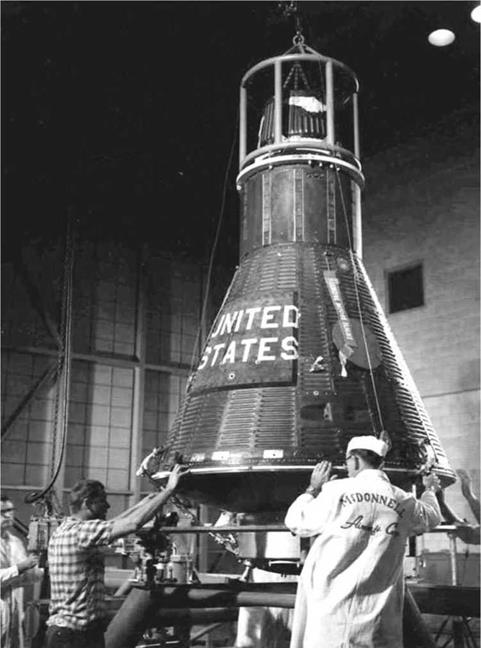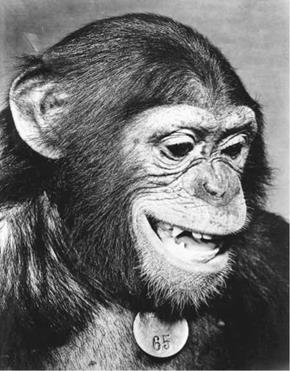The Mercury flight of chimpanzee Ham
By 31 January 1961, the United States was a nation undergoing radical cultural and ethical upheaval. Changes were swirling in the wind. On that day James Meredith, an African-American, applied for admission to the all-white University of Mississippi, known as “Ole Miss,” and so began a hard-fought legal action that would end in the desegregation of the university and the post-graduation shooting and wounding of Meredith by a white supremacist. That same day, a federal district court ordered the admission of two black students into Georgia University, and the State of Georgia repealed its long-standing laws which segregated the races in its public schools. The university was subsequently desegregated.
Also on that memorable date in American history, space science was on the verge of taking a huge leap forward as a Redstone rocket stood fully fueled on launch pad LC-5 at Cape Canaveral. All was in readiness for the launch of a suborbital mission designated Mercury-Redstone 2 (MR-2). It was hoped that this flight would provide the first major test of several new designs in the Mercury spacecraft, including the environmental control system (ECS), as well as a pneumatic landing bag intended to absorb much of the impact shock when a returning capsule hit the water.
But this time, as America prepared to send a man into space, there was a fully trained passenger on board the spacecraft, namely a 37^-pound chimpanzee. NASA has always had qualms about giving personable names to animals involved in space research missions lest there be fatal accidents, so during the flight training process – as with his fellow chimps – this one was only supposed to be identified as “Subject 65.” He had been allocated this number instead of the mildly offensive “Chop Chop Chang” by which he had been known early in his training, but to his handlers he was unofficially called Ham.
Immediately after his safe recovery, the chimpanzee would be publicly identified in the agency’s press releases not by his subject number, but as Ham. According to popular history, this name was derived from the acronym for the Holloman Aero Medical Research Laboratory, but as his chief handler, M/Sgt. Edward C. Dittmer,

|
|
“Subject 65,” also known as Ham. (Photo: NASA) |
wryly pointed out to the author, “Our lab commander at that time was a Lieutenant Colonel Hamilton Blackshear, whose friends called him Ham, so there may have been a dual purpose behind that particular name.”
Dittmer also revealed that he enjoyed a great relationship with Ham. “He was wonderful: he performed so well and was a remarkably easy chimp to handle. I’d hold him and he was just like a little kid. He’d put his arm around me and he’d play… he was a well-tempered chimp.” [1]











